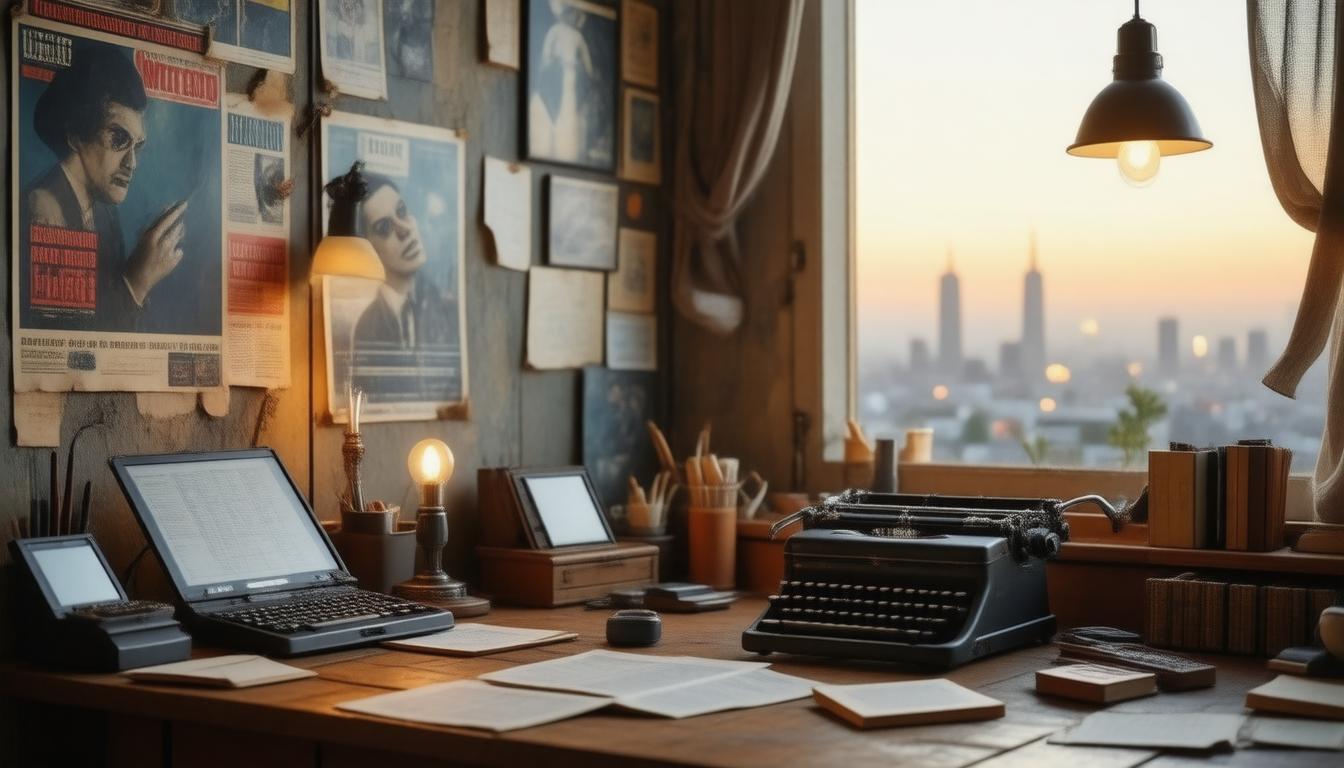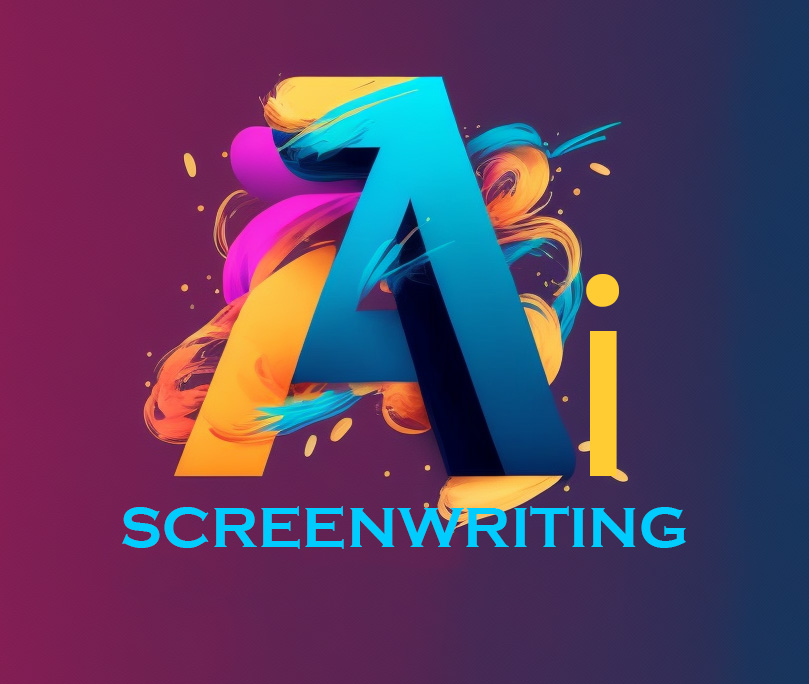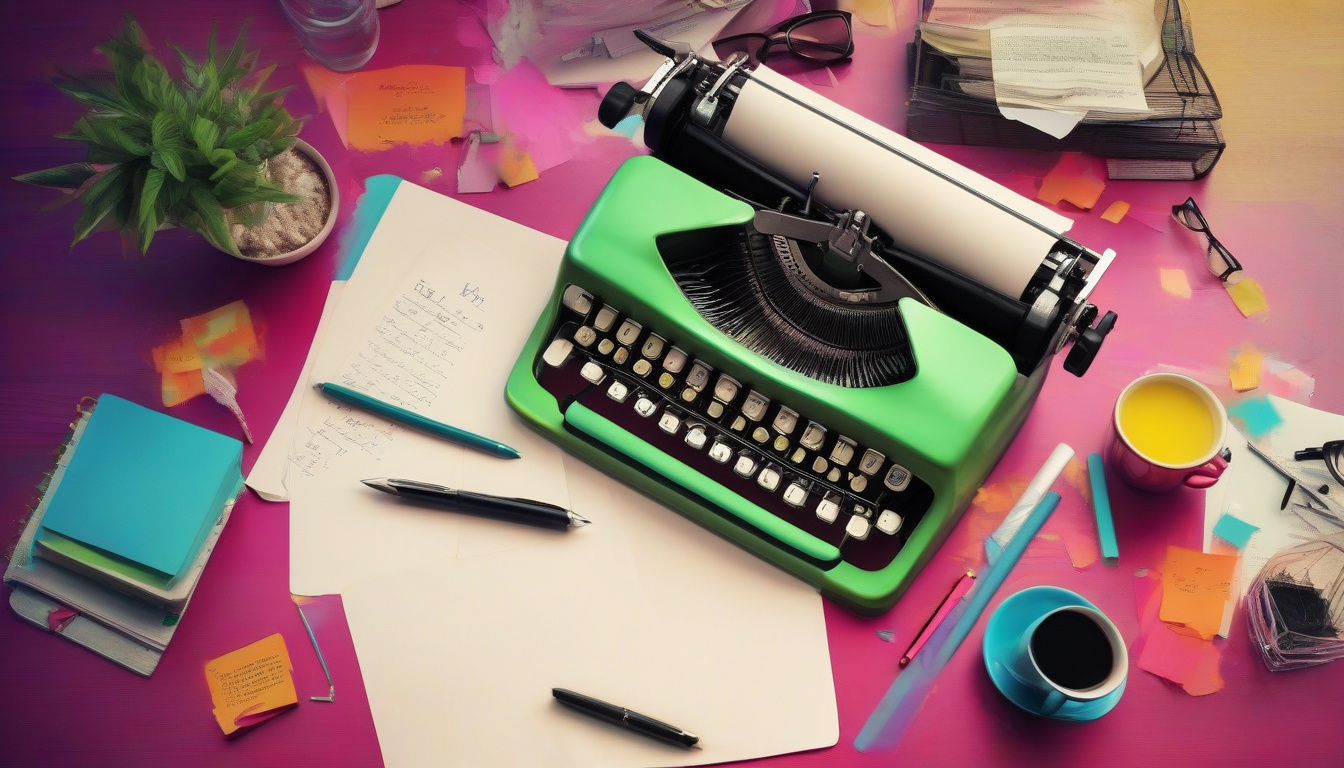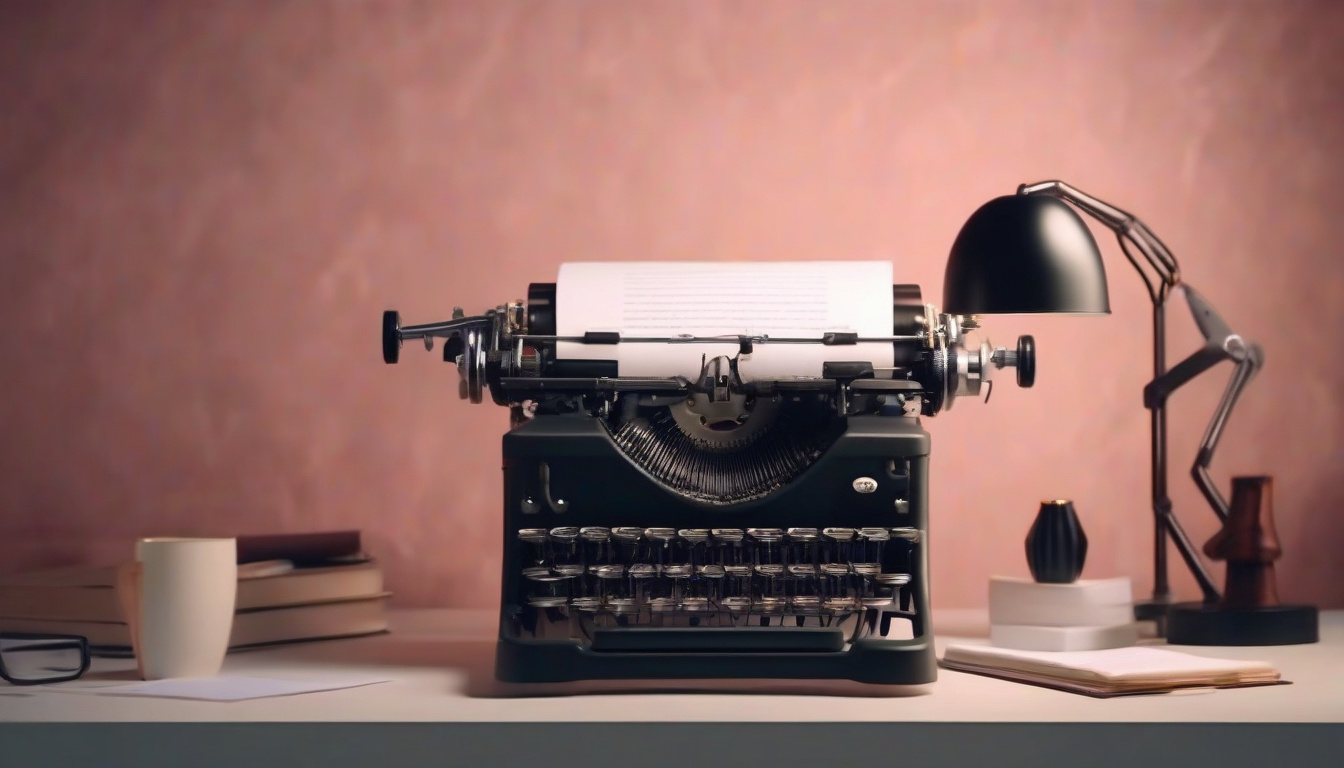
Welcome, aspiring writers, to the mystique of Hollywood screenwriting—a land where dreams take flight like a flailing pigeon in a Hitchcock movie!
If you’ve ever daydreamed about penning the next blockbuster or the next cringe-worthy romantic comedy (hey, we all have our guilty pleasures), you’re in the right place.
This guide is your golden ticket, complete with all the backstage passes you could wish for, as we delve into the quirky yet compelling universe of Hollywood screenwriting.
Buckle up your creative seatbelt, grab your favorite beverage (coffee or decaf, your choice!), and let’s unlock the secrets that will keep your screenplay from gathering dust like an old movie poster in grandma’s basement!
The BEST AI Screenwriting Tool In Hollywood!
Key Takeaways
- Mastering the fundamentals of screenwriting is essential for any aspiring writer.
- A strong structure is crucial for a successful screenplay, guiding the story’s progression.
- Developing multifaceted characters can significantly elevate your script’s emotional impact.
- Well-crafted dialogue should feel natural and serve to deepen character relationships.
- Revision and constructive feedback are key components in refining your screenplay and ensuring it resonates with audiences.
Understanding the Basics of Screenwriting
Ah, Hollywood screenwriting!
The elusive calling that has everyone from aspiring writers to pizza delivery guys daydreaming in their notepads.
If you’ve ever watched a gripping film and thought, ‘I could do that!’ welcome to the wild world of screenwriting, where one line of dialogue can send audiences into fits of laughter or tears.
To kick things off, let’s dive headfirst into the basics of Hollywood screenwriting, which is less about having a massive ego and more about mastering the craft of storytelling.
First off, forget about the ‘write what you know’ mantra—unless you’re a hermit crab who knows the skeeviness of beach condos, that is.
Instead, craft stories that resonate with your imagination, because every blockbuster hit started as an idea scribbled on a napkin.
Familiarize yourself with the essential format—think of it as the screenwriter’s version of a well-structured essay.
You’ve got your scene headers, action lines, character names, and dialogue—sort of like organizing a wild party with each element having its special role.
Remember, screenwriting is a marathon, not a sprint; don’t be surprised when inspiration hits at 2 AM.
With a little patience, practice, and a couple of cups of coffee, you too can weave your name into the illustrious tapestry of Hollywood screenwriting.
The Importance of Structure in Screenplays
Picture this: you’re lounging on your couch, clad in your most formidable pajama ensemble, thinking about penning the next Hollywood screenwriting masterpiece.
But wait!
Before you unleash your inner Tarantino or a Shakespearean rebel, let’s talk structure – because even the wiliest wanderers need a map to find their way home.
In the dazzling realm of Hollywood screenwriting, a strong structure serves as the backbone, or dare I say, the skeleton, of your script.
It’s what keeps that glittering narrative from collapsing into a pile of indecipherable scribbles and emotional angst.
Think of your structure as the GPS guiding your plot through high-speed chases and tearful confessions, ensuring our protagonist doesn’t tumble off a cliff of chaos, but rather sails confidently to the eye-popping climax.
So, grab your favorite snack and let’s dissect the anatomy of a well-structured screenplay – because without it, you might just find your epic journey leads nowhere fast!
‘There’s no such thing as a perfect script; you just have to keep rewriting until it speaks to you.’ – John August
Creating Compelling Characters
When diving into the glamorous yet gritty world of Hollywood screenwriting, one of the golden rules is to create characters that bounce off the screen like they’re equipped with mini trampolines.
Think of your characters as the quirky cousins at a family reunion – each one has their own eccentricities that make them uniquely lovable (or hateable), and it’s your job to make sure they shine brighter than a Hollywood star at the Academy Awards.
So how do we conjure these compelling characters, you ask?
First, throw out the cardboard cutouts and give each character a juicy backstory that’s spicier than a Hollywood gossip column.
Give them desires, flaws, and dreams that are so vivid you could almost hear them sigh (or scream) while swiping right on a dating app!
And let’s not forget the secret ingredient—layer them with conflicts that could make even a seasoned soap opera writer raise an eyebrow.
Remember, in the magical land of Hollywood screenwriting, your characters should strut onto the page ready to burst into a show-stopping number or break into tears at any moment, captivating your audience and keeping them glued to their seats.
So grab that golden pen (or your laptop) and start crafting characters that’ll be talked about long after the credits roll!
The BEST AI Screenwriting Tool In Hollywood!
Crafting Dialogue that Resonates
Ah, Hollywood screenwriting—the magical art of crafting dialogue that doesn’t just slide off the tongue but rather grabs the audience by the emotional lapels and shakes them wildly until they feel something real.
Picture this: your characters engage in a witty back-and-forth that could rival a game of ping pong played at Olympic-level intensity, or engage in tender confessions that have viewers reaching for their popcorn and possibly a tissue or two.
In the realm of Hollywood screenwriting, dialogue is your canvas, and every word is a brushstroke that colors your characters and plots.
To start, remember that every line should be as authentic as a Hollywood star’s last-minute Instagram filter.
Keep it snappy, keep it functional, and, most importantly, keep it engaging!
So, channel your inner Quentin Tarantino or Nora Ephron, and let that dialogue leap off the page like a stunt double in a blockbuster—just make sure you have a safety net of good editing to catch it.
The Process of Revision and Feedback
Ah, Hollywood screenwriting—the craft that turns mere mortals into storytellers and dreams into multi-million dollar blockbusters!
But before you can sip a latte at a fancy Melrose Avenue café with your Oscar in hand, you need to embrace the sacred yet sometimes painful process of revision and feedback.
Imagine you’re sculpting a block of ice; you may start with a magnificent, glistening block, but trust me, once you start chiseling (or, you know, rewriting!), the real magic happens.
So, grab that first draft like it’s the last cookie at a party, and prepare for some constructive criticism (and perhaps a bout of existential dread).
In Hollywood screenwriting, feedback is your BFF—it’s like a GPS guiding you through the maze of your narrative.
Remember: feedback isn’t personal, it’s just that your hero’s arc might need a little less broccoli and a little more Rocky Balboa.
Revise away, embrace those critiques, and soon enough, your screenplay will be ready to charm studios faster than you can spell ‘Schwarzenegger!’ Now, go forth and redraft like the world depends on it—because in a way, it kind of does!








